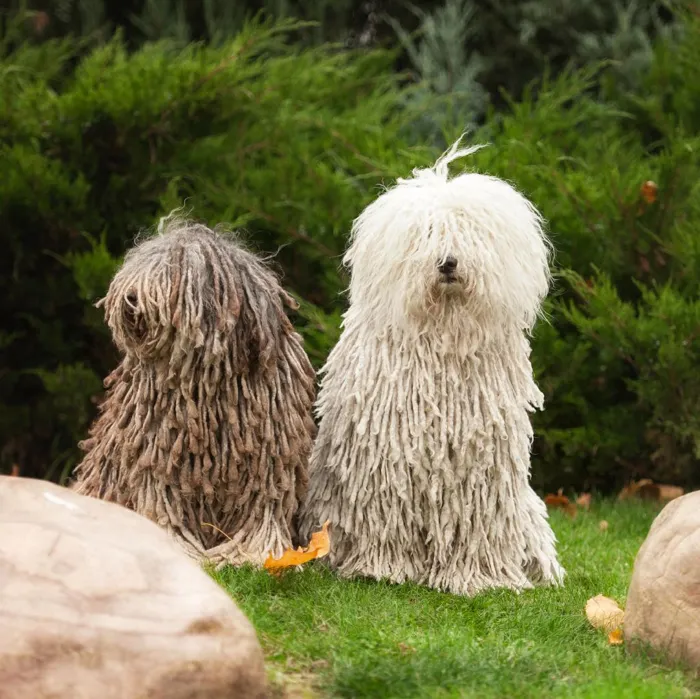Puli

No other breed can be mistaken for the Puli, a compact but powerful herder covered from head to tail with profuse, naturally occurring cords. Bred to work closely with humans, these agile and faithful little dynamos are quick learners.


Ask About Puli ?
Breed Traits
General Appearance
The Puli is a compact, square appearing, well balanced dog of medium size. He is vigorous, alert and active. Striking and highly characteristic is the shaggy coat which, combined with his light-footed, distinctive movement, has fitted him for the strenuous work of herding flocks on the plains of Hungary. Agility, combined with soundness of mind and body, is of prime importance for the proper fulfillment of this centuries-old task.
Size, Proportion, Substance
Head
Neck, Topline, Body
Forequarters
Hindquarters
Coat
Color
Gait
Temperament
Faults
Group
Herding
About
History
Standard
Nutrition
Grooming
Exercise
Training
Health
All pets have found there homes! Sign up to be notified when new pets are added so you don't miss out.


